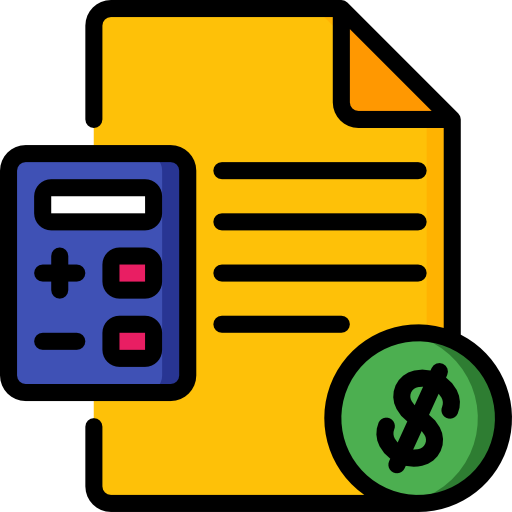Here's the truth about starting and building a business you need to hear. For starters, there's no secret hack to outsmart the system. You won't find a magic combination of levers to pull that will skyrocket a business from nothing.
Chasing that kind of instant win is a waste of time and energy, and it almost always leads to frustration. What does work, however, are proven frameworks that significantly improve your odds of success. And chances are, you've already heard of one of the most effective: the 4 Ps of marketing - Product, Price, Place, and Promotion.
It might sound basic, but there's more depth to it than you were taught in high school business class. In this article, we'll break down how the 4 Ps play out in the real world.
Product
The first "P" - Product - is by far the most important. The number one rule in business isn't Revenue minus Expenses equals Profit. It's this: you can't build a sustainable business on a bad product.
Some might point to well-known brands with mediocre or even poor products that managed to sell well. But those are the exception, not the rule. They're cherry-picked anomalies that get attention precisely because they're rare. What you don't see are countless others who tried the same tactic and failed.
Research suggests that people tend to be less rational in the short term but more rational over time. That makes sense - if you buy a product people rave about but it turns out to be terrible, how likely are you to buy it again, speak positively about it or recommend it to others?
In the long run, a bad product destroys momentum. A good product creates it.
Product can be broken down into two key categories: Development and Delivery.
- Development refers to the creation of the product itself.
- Delivery encompasses everything involved in getting that product into customers' hands and includes manufacturing, distribution and cost-efficiency.
The Other 3 "Ps" - Price, Place and Promotions
Price is closely related to the Delivery side of your product. You can only offer a lower price profitably if you're able to manufacture and deliver the product at a lower cost to begin with. When setting prices, it's not just about turning a profit - it's also wise to build in a cash buffer to better absorb unexpected issues or fluctuations.
One of the most reliable pricing strategies is to offer better functionality than your competitors at a lower price. This doesn't mean you need to sell something cheap - it means that if you're offering a premium product, pricing it below other premium options in your category gives you a strong edge. A better product at a lower price is hard for customers to ignore. Even if they don't buy from you the first time, they're likely to come back after realizing they paid more for less elsewhere.
Conclusion
To successfully sell a product, you typically need to address all 4 Ps of marketing: Product, Price, Place, and Promotion. Conversely, if your product isn't selling, it's almost always because something is broken in one or more of these areas.
The reason I separate Product from the other three Ps is because of its disproportionate importance. I'd argue that around 80% of a business's success comes down to the two components of Product: Development and Delivery. Product forms the foundation of everything else.
This is the basic framework on how to launch a successful business. Don't chase magical hacks or secret formulas. Do create a good product and go out and sell it.
